Bevel gauges are handy tools when building boats; they can be used to measure, mark, and transfer angles from one work surface to another. They can also be used to directly set accurate blade angles on cutting tools, versus transferring measurements from a larger bevel to a protractor and then to a saw’s bevel gauge. We used a 9″ sliding bevel gauge when building our Penobscot 14 and while restoring an 1880s Mississippi River skiff, but it was too big to take angles in small spaces, made an awkward fit in a pocket, and kept getting left in a variety of hiding places. A few years ago, I began looking for a smaller, handier bevel gauge, and found the aptly named 3-inch Bevel Gauge.
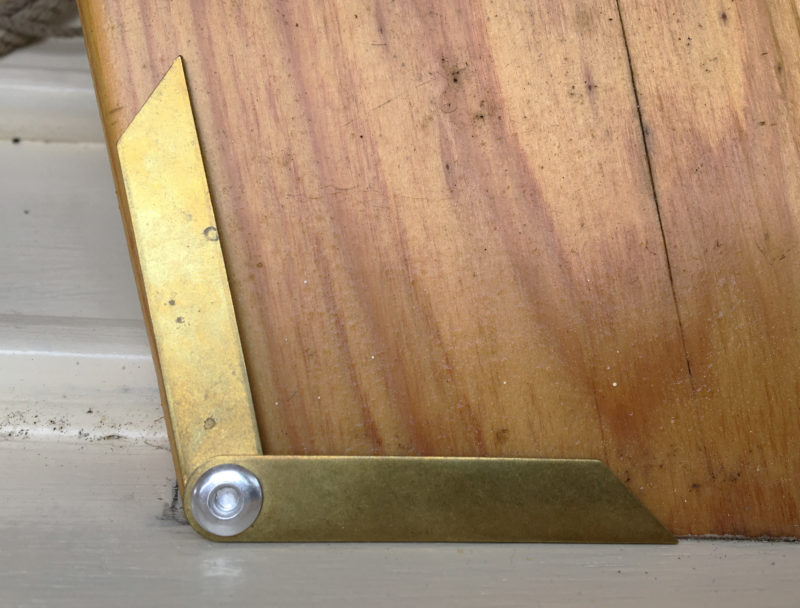 Photographs by the author
Photographs by the authorThe gauge lies nearly flat, so taking and marking angles can be done more accurately than they can with a common sliding bevel gauge.
The gauge is made of brass strips that are 1/16″ thick and 1/2″ wide, and has angled points at the ends. For safety’s sake, the points are not sharp, and the edges are softened to be kind to hands and workpieces. The large aluminum screw is easy to adjust and set the right amount of friction between the blades. The screw’s low profile ensures that it does not snag inside a pocket. The ends of the blades at the screw are evenly rounded and their pointed ends line up accurately. The bevel gauge has a nice weight to it, indicative of a well-made tool and, most importantly for me, it slips easily in and out of a pocket.
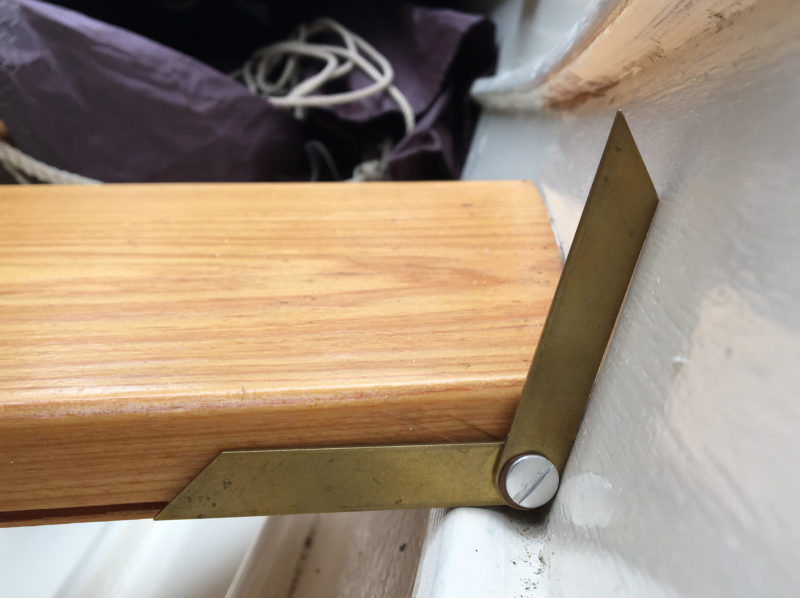
Getting the angle for the bevel at the end of this boat’s thwart requires a gauge that can fit between the chine stringers.
The small gauge is simple to use; the tightness of the blades can be adjusted to slip smoothly to a setting and then hold it. The blades can also rotate 360 degrees, an advantage over sliding bevel gauges that can’t take small angles without having the blade extend beyond the pivot. The short 3″ blades allow the tool to be placed in small places where larger bevels can’t fit, and take more accurate angles where a curved surface is involved. Settings can be taken from the boat and quickly transferred to the workpiece. The gauge is thin, just 1/8″, so it is better suited for picking up angles from a lofting than is a traditional sliding bevel with a thick wooden body, which elevates the blade above the lines. And the bright brass makes the gauge easy to see when the bevel is placed in a dark area of the boat.
The 3-Inch Bevel Gauge is useful, simple, small, portable, and reasonably priced. I’ll hang on to mine and give them as gifts to my boatbuilding friends.![]()
Kent Lewis repurposes wood into boats under the watchful eye of his wife, Audrey, commodore of their Small Boat Armada. They are designing a 16′ diamond-bottomed catboat, based on personal histories of Pascagoula, Mississippi, sailors who raced them in the 1950s.
The 3-Inch Bevel Gauge is available from The WoodenBoat Store for $14.95.
Is there a product that might be useful for boatbuilding, cruising, or shore-side camping that you’d like us to review? Please email your suggestions.
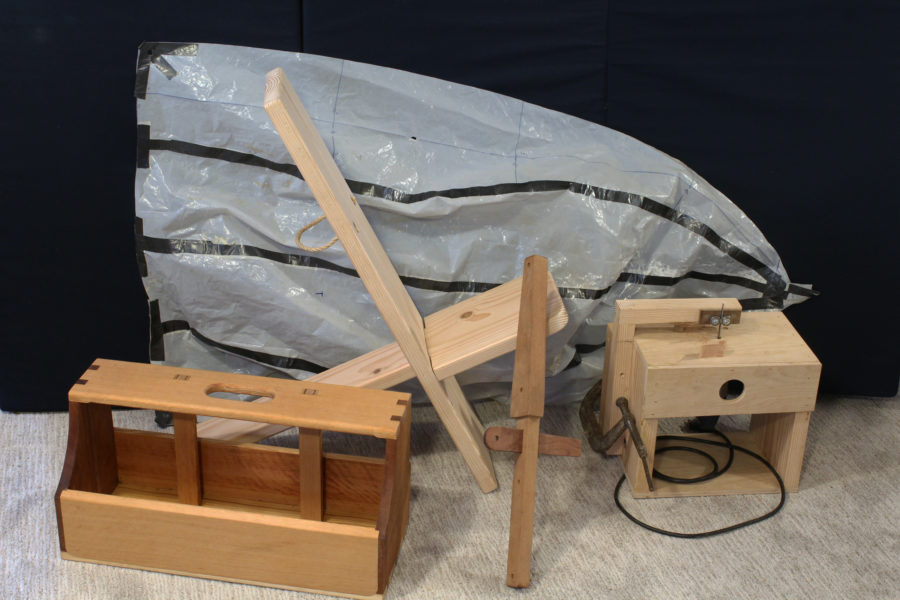
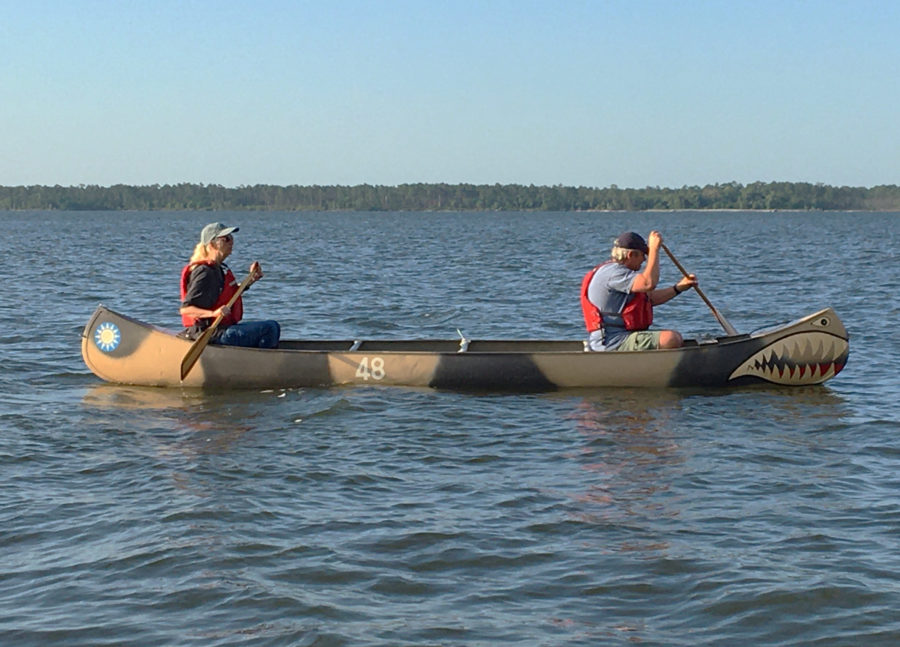


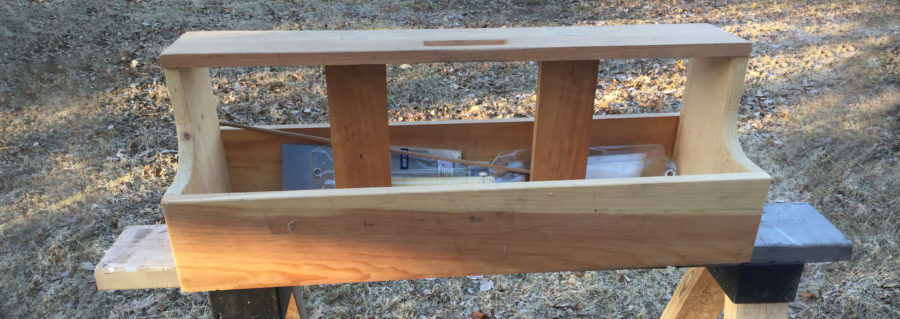
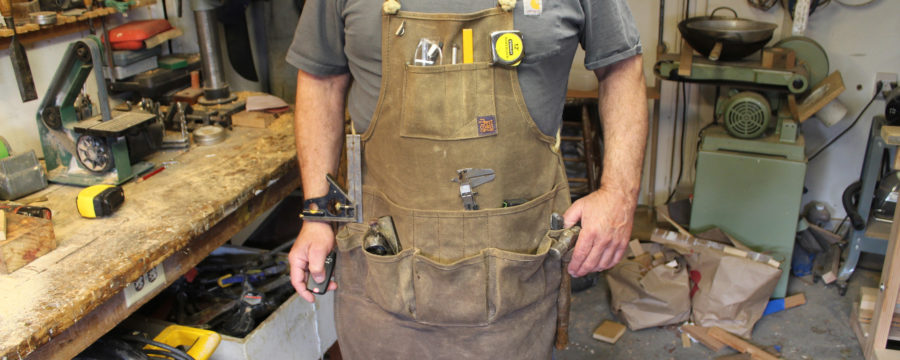
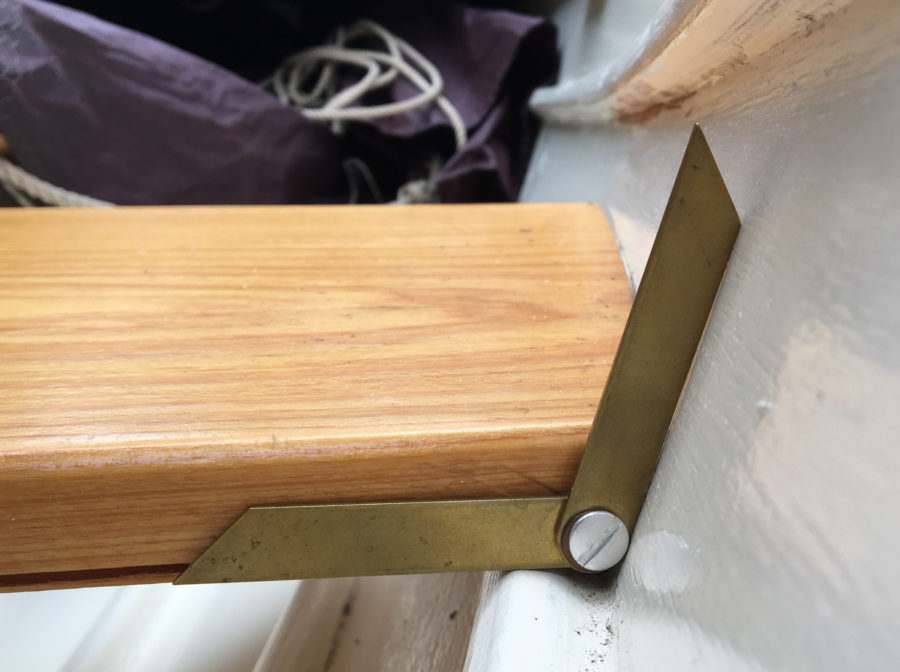
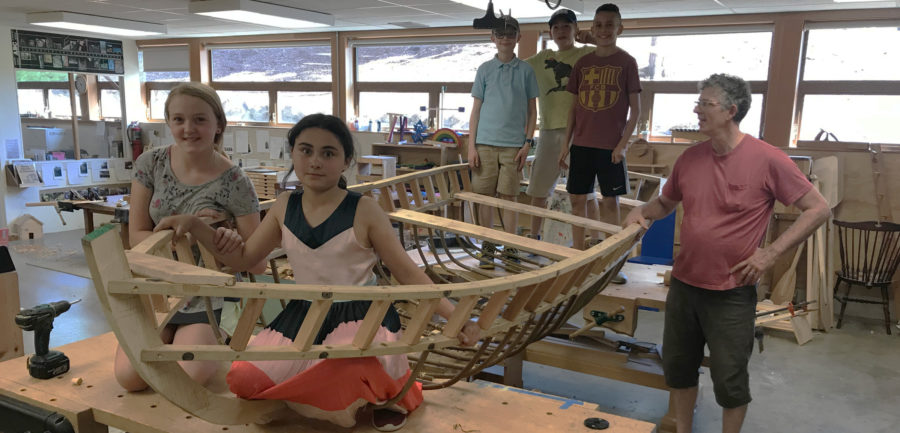
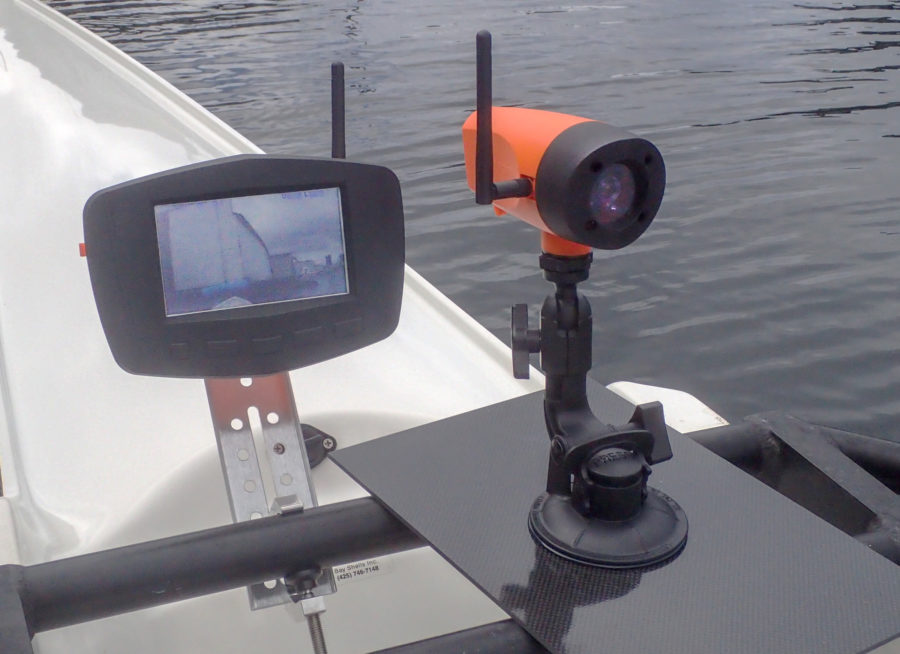
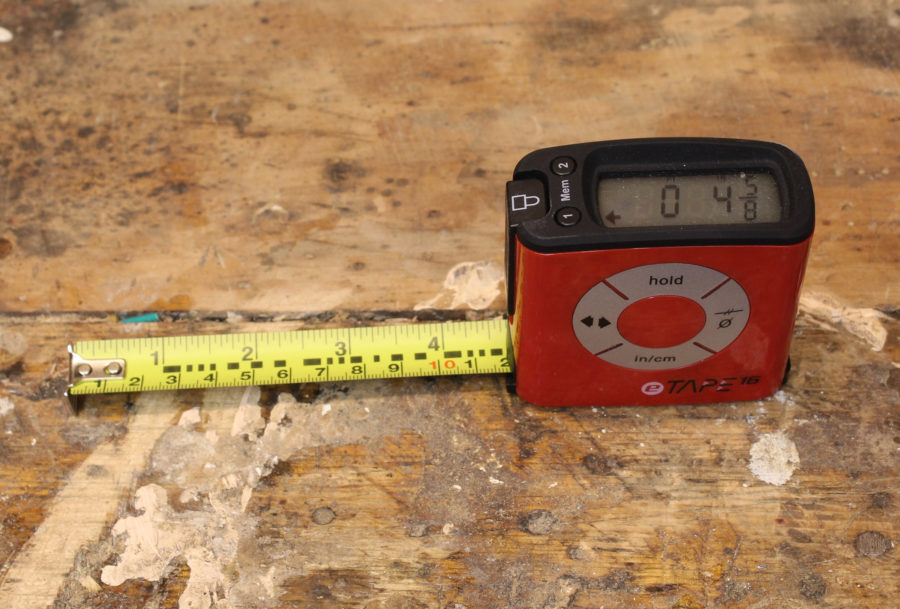

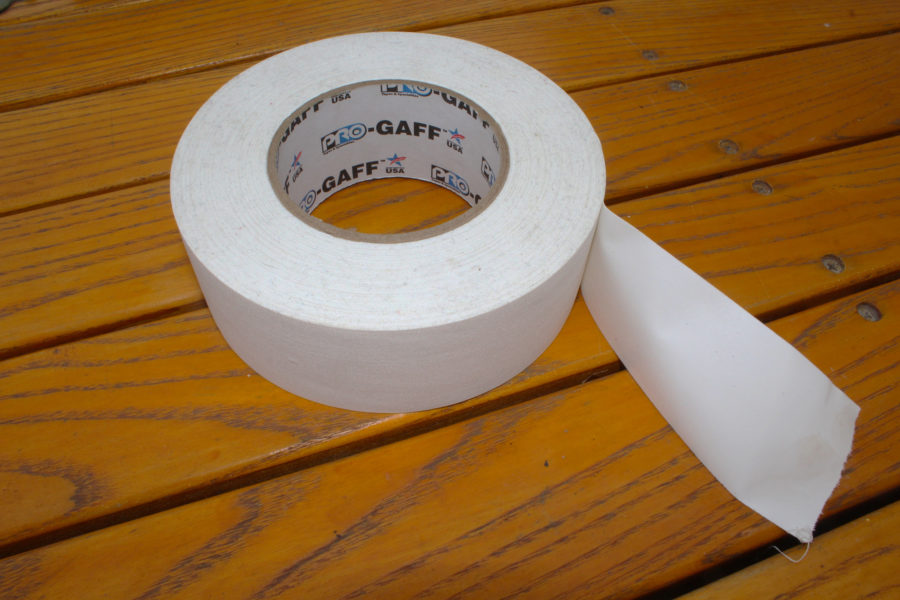
This is no longer available, to the best of my knowledge.
Thank you for pointing this out. It does seem that the 3″ Bevel Gauge is no longer available for purchase from the WoodenBoat Store. However, this Product Review from May 2020 is still quite relevant in regards to the product itself.